What will returning to in-person therapy look like at Wellspring?
Updated July 29, 2021: Due to the rising concern of COVID, we are suspending in-person therapy for the next few weeks. Read more.
When the COVID pandemic came to the forefront in March 2020, Wellspring shifted to telehealth for the health and safety of our clients. Although the vaccinated U.S. population is increasing, CDC guidelines are updated, and life is opening up, whatever was “normal” before the pandemic is not the new normal now. This includes how Wellspring will move forward as a mental health provider.
Telehealth has proven to be an effective and convenient platform for mental health services (Hubley, 2016; CPH & Associates, n.d.), and has allowed for Wellspring to provide more services to more clients, especially during high volume times. Telehealth also has challenges including: technology difficulties, clients not having private spaces to meet, and the general loss of in-person human contact and interaction.
Currently, the pandemic shows long-term negative effects on mental health (Benson, 2021). At Wellspring, this is evident in our 30%+ increase in sessions over the last year. Wellspring has been able to meet these needs by adding clinicians and scheduling remote clients as soon as possible.
The new normal at Wellspring will be a hybrid of in-person and remote counseling sessions. As we look to the future, Wellspring clients may see their clinician only in person, through a hybrid of in person and telehealth or only through telehealth. The timing of in-person services will unfold during the summer months. Existing clients who are at risk* due to safety concerns or lack of technology access will be provided with priority access. Once this rollout of in-person services is complete, options will expand.
Why a slow roll-out for in-person?
In order to answer the timing of reopening, please consider the following concerns that still exist during the pandemic as to why returning to in-person sessions is slow:
Confidentiality and the potential of contact tracing. If a client or clinician tests positive for COVID, Wellspring may still be required by CDC to report COVID positive exposures for contact tracing. This contact tracing breaches the confidentiality of the client who received services.
Capacity to ensure proper cleanliness and screening are executed. Delivering mental health counseling sessions requires an additional 30-40 minutes per client session, which can include research, notes, care coordination, consultation, etc. Adding cleaning between sessions, and following protocols like screening, and taking temperatures, are added burdens of responsibility on the clinicians that distracts from their primary focus of mental health care.
In-person psychotherapy unavoidably increases risks of viral infection for both clients and therapists. There is a growing consensus, as reported in the Wall Street Journal, that ‘the major culprit is close-up, person-to-person interactions for extended periods.’ In-person psychotherapy sessions include meeting inside for extended periods of time in relatively close quarters (Essig, 2020).
Even the best in-office mitigation strategies, by design and definition, can only mitigate not eliminate risk (Essig, 2020). This risk can impact both the provider and receiver of mental health services.
Psychological safety maps to physical safety. In order to maintain psychological safety, all must experience physical safety. Wellspring has room air purifiers, appropriate cleaning supplies, plexiglass partitions on the coffee tables and require masks for unvaccinated clients and therapists. These safety measures mitigate risks of infection, but may diminish fundamental experiences of psychological safety which are necessary for effective psychotherapy.
Wellspring is a nonprofit organization that must steward financial and human resources. The current pandemic has also caused a mental health crisis. Risking the organization’s viability or clinicians’ health is a concern. We do not want to diminish our ability to provide services in general. Currently, telehealth is the safest way forward in all respects to preserve Wellspring’s ability to restore hearts and minds without interruption. However, we will slowly be resuming some level of in-person services based on needs and availability. Our leadership will continue to stay informed. In the meantime, we will continue to fulfill our mission of counseling and education.
*Due to professional ethical standards, Wellspring clinicians may also have to prioritize in-person sessions for at certain risk clients. These decisions are not based on favoritism, but on concern for the client’s safety.
References
Benson, Thor (2021). “Back to Normal? Psychologists Warn the Pandemic Could Have Lasting Effects.” Yahoo! News, Retrieved May 18, 2021from www.yahoo.com/news/back-normal-psychologists-warn-pandemic-203131492.html.
CPH & Associates. “The Pros and Cons of Telehealth for Therapists.” CPH & Associates, n.d., www.cphins.com/the-pros-and-cons-of-telehealth-for-therapists/.
Essig, T. (2020). Want to See Your Therapist In-Person Mid-Pandemic? Think Again. Retrieved September 22, 2020, from https://www.forbes.com/sites/toddessig/2020/06/27/want-to-see-your-therapist-in-person-mid-pandemic-think-again/
Hubley, Sam, et al. “Review of Key Telepsychiatry Outcomes.” World Journal of Psychiatry, Baishideng Publishing Group Inc, 22 June 2016, www.ncbi.nlm.nih.gov/pmc/articles/PMC4919267/.

